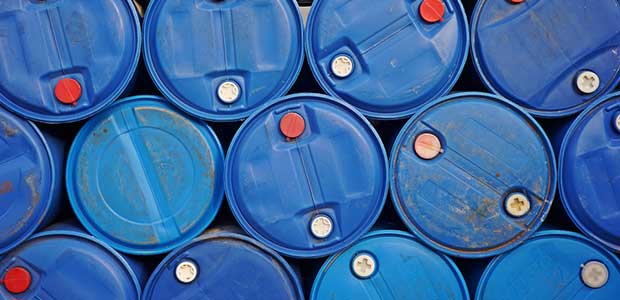
New Data Shows Top Chemical Management Challenges
A recent survey of safety professionals asks the question, “Does chemical management have to be hard?”
With more than 900,000 chemicals used in workplaces across the U.S. each and every day, it is no surprise that many challenges and issues arise when safety professionals work to put together effective chemical management programs.
New data from J. J. Keller Center for Market Insights shows where chemical management falls on a safety professional’s list of priorities, their top challenges, and how they are facing them.
Surveyed safety professionals were asked what challenges they faced when managing chemicals. While some cited issues such as communication with those responsible for chemicals (5 percent) and knowledge or expertise of requirements/regulations (7 percent), many listed challenges that revolved around maintaining an accurate chemical and safety data sheet (SDS) database. A staggering 40 percent of respondents said that their top challenge was either knowing what chemicals are being used onsite or keeping their SDSs up to date as changes are needed.
According to the report, of the safety professionals that were surveyed, over one-third said they viewed chemical management and improving hazard communication as one of their top three priorities at work. The report says, “This isn't surprising given the complexity of managing chemical hazards, the ongoing changes to chemical inventories and the serious consequences of an accident.”
Though one-third of safety professionals said that improving their chemical management was top priority, 20 percent of those surveyed said they had no solution at all when it came to their chemical safety. Eight percent said they had a proprietary solution while 30 percent said they implemented software and 41 percent said they had a “homegrown solution.”
In addition to challenges and priorities, the surveyed safety professionals were also asked about their environmental responsibilities. Over 66 percent of respondents said that chemical management and reporting are by far the key environmental responsibilities (over wastewater, sustainability, utility management, and other).
As HazCom continues to sit in OSHA’s Top 10 Most Frequently Cited Standards list and incurs millions of dollars in penalties each year, it is no surprise that many safety professionals find HazCom to be a complex and time consuming issue to tackle. While there is no “silver bullet solution” there are ways to increase understanding of regulatory requirements and invest in tools for complying with them.
See the entire report here.